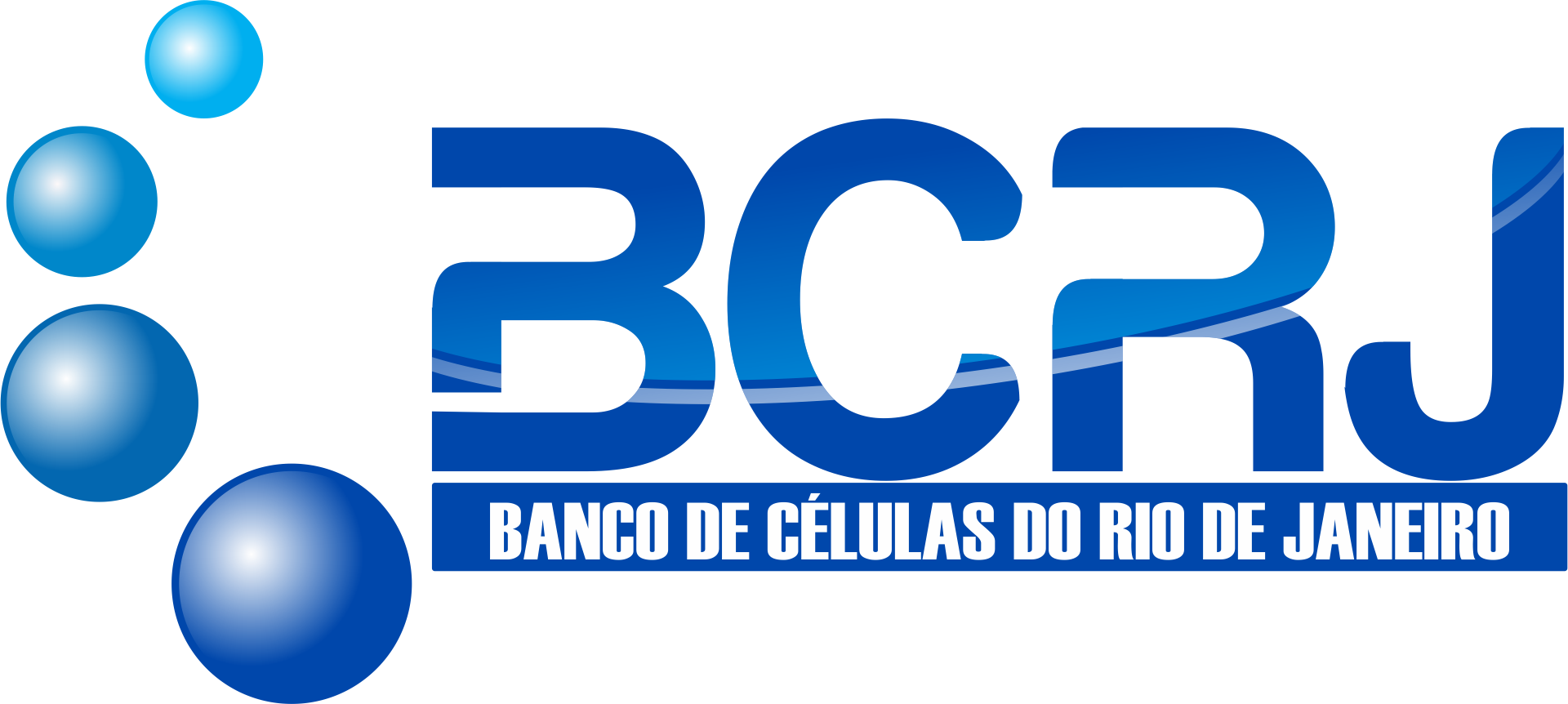| BCRJ Code | 0068 |
| Cell Line | CHO/dhFr- |
| Species | Cricetulus griseus |
| Vulgar Name | Chinese Hamster |
| Tissue | Ovary |
| Morphology | Epithelial |
| Disease | Normal |
| Growth Properties | Adherent |
| Sex | Female |
| Applications | This cell line is a suitable transfection host. |
| Biosafety | 1 |
| Addtional Info | The CHO/dhFr- cell line lacks the enzyme dihydrofolate reductase (DHFR) which is necessary for purine synthesis. In the absence of exogenous purines, this enzyme is required for growth. Hence the CHO/dhFr- cell line has growth requirements for hypoxanthine (or adenine), glycine and thymidine. However, the cells will continue to grow without the addition of hypoxanthine and thymidine because the cells can obtain sufficient from the medium. Alpha MEM minus does not contain the ribonucleosides or the deoxyribonucleosides, and will not support the growth of CHO/dhFr- or its serum free adaptation as neither contains the gene to produce DHFR. |
| Culture Medium | Iscove's modified Dulbecco's medium with 4 mM L-glutamine, 0.1 mM hypoxanthine, 0.016 mM thymidine, 0.002mM Methotrexate (Amethopterin) and 10% of fetal bovine serum. |
| Subculturing | Volumes used in this protocol are for 75 cm2 flask; proportionally reduce or increase amount of dissociation medium for culture vessels of other sizes. T-75 flasks are recommended for subculturing this product. Remove and discard culture medium. Briefly rinse the cell layer with PBS without calcium and magnesium to remove all traces of serum that contains trypsin inhibitor. Add 2.0 to 3.0 mL of Trypsin-EDTA solution to flask and observe cells under an inverted microscope until cell layer is dispersed (usually within 5 to 15 minutes). Note: To avoid clumping do not agitate the cells by hitting or shaking the flask while waiting for the cells to detach. Cells that are difficult to detach may be placed at 37°C to facilitate dispersal. Add 6.0 to 8.0 mL of complete growth medium and aspirate cells by gently pipetting. Add appropriate aliquots of the cell suspension to new culture vessels. Incubate cultures at 37°C. NOTE: For more information on enzymatic dissociation and subculturing of cell lines consult Chapter 12 in Culture of Animal Cells, a manual of Basic Technique by R. Ian Freshney, 6th edition, published by Alan R. Liss, N.Y., 2010. |
| Subculturing Medium Renewal | Every 2 to 3 days |
| Subculturing Subcultivation Ratio | 1:4 to 1:8 |
| Culture Conditions | Atmosphere: air, 95%; carbon dioxide (CO2), 5% Temperature: 37°C |
| Cryopreservation | 95% FBS + 5% DMSO (Dimethyl sulfoxide) |
| Thawing Frozen Cells | SAFETY PRECAUTION:
It is strongly recommended to always wear protective gloves, clothing, and a full-face mask when handling frozen vials. Some vials may leak when submerged in liquid nitrogen, allowing nitrogen to slowly enter the vial. Upon thawing, the conversion of liquid nitrogen back to its gas phase may cause the vial to explode or eject its cap with significant force, creating flying debris.
NOTE: It is important to avoid excessive alkalinity of the medium during cell recovery. To minimize this risk, it is recommended to place the culture vessel containing the growth medium in the incubator for at least 15 minutes before adding the vial contents. This allows the medium to stabilize at its normal pH (7.0 to 7.6). |
| References | Shulman T, et al. An antibody reactive with domain 4 of the platelet-derived growth factor beta receptor allows BB binding while inhibiting proliferation by impairing receptor dimerization. J. Biol. Chem. 272: 17400-17404, 1997. PubMed: 9211881 Morel-Kopp MC, et al. A three amino acid deletion in glycoprotein IIIa is responsible for type I glanzmann's thrombasthenia: importance of residues I1e325Pro326Gly327 for beta 3 integrin subunit association. Blood 90: 669-677, 1997. PubMed: 9226167 Libyh MT, et al. A recombinant human scFv anti-Rh(D) antibody with multiple valences using a C-terminal fragment of C4-binding protein. Blood 90: 3978-3983, 1997. PubMed: 9354666 |
| Depositors | Leda dos Reis Castilho, Universidade Federal do Rio de Janeiro |
| Cellosaurus |



